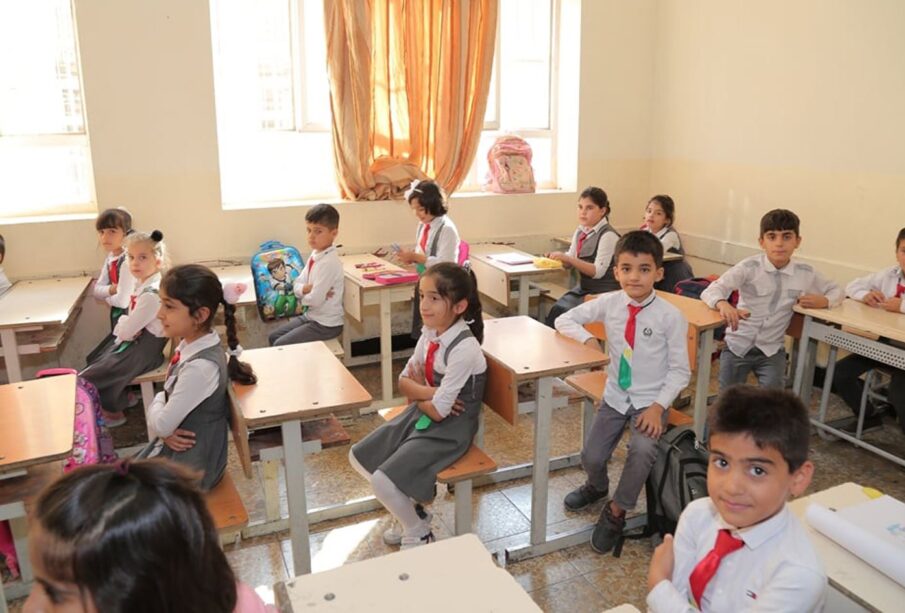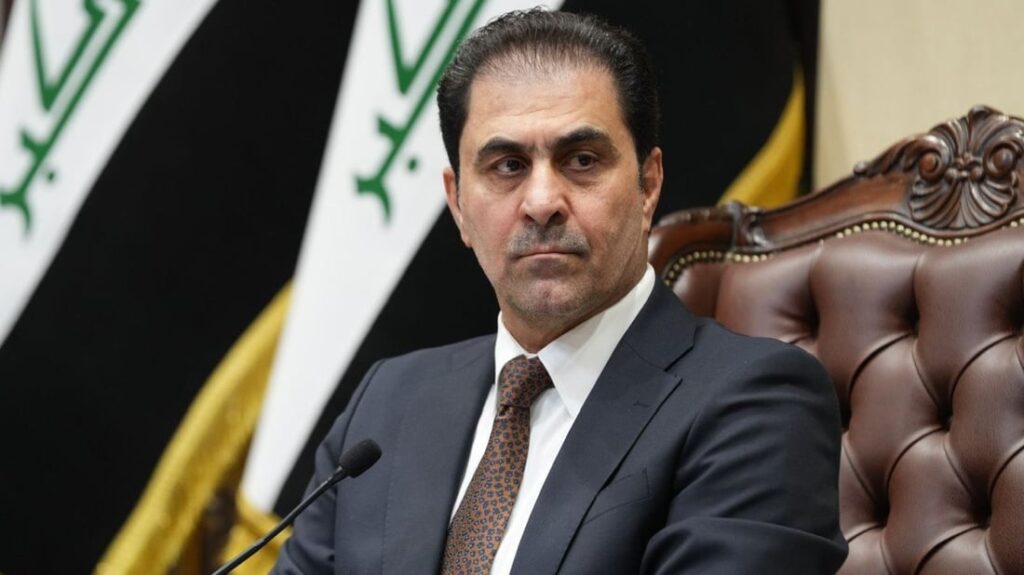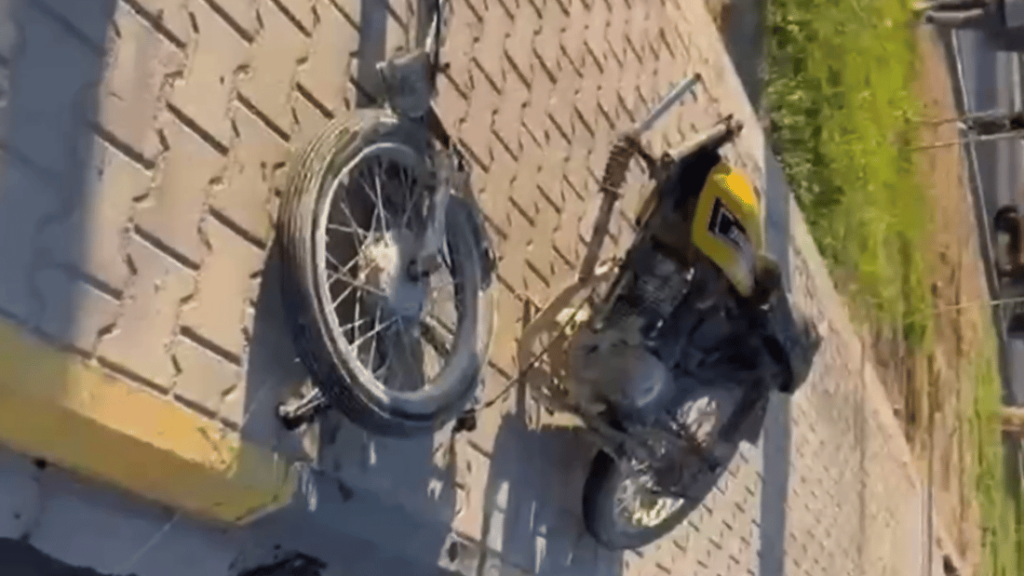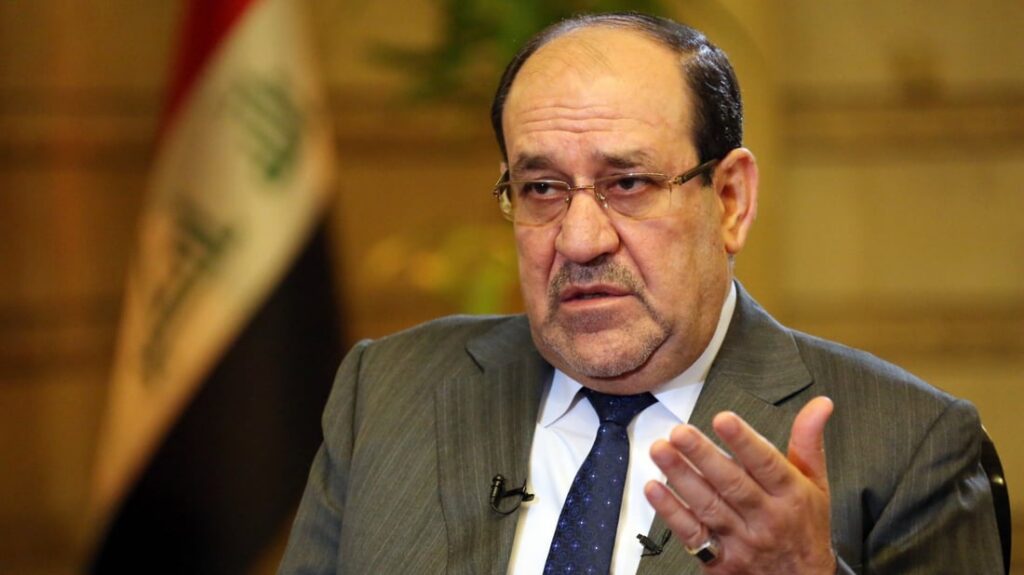Syrian Arab Republic: Regular Press Briefing by the Information Service, 18 October 2019: Update on the situation in Iraq and northeast Syria

Excerpts
Update on the situation in Iraq and northeast Syria
Andrej Mahecic, for the United Nations Refugee Agency (UNHCR), read the following statement:
“For the fourth consecutive day, UNHCR, the UN refugee agency, has been receiving hundreds of refugees crossing the border into Iraq from northeast Syria. Refugees mainly come from towns in northern Syria - Kobani, Amoda and Qamishly and surrounding villages.
As of this morning, over 1,600 Syrian refugees have been transported from the border areas to Bardarash refugee camp, some 150 kilometres east of Syria-Iraq border. As we speak, there are several hundred people at the border or en route to the camp. The site has been prepped to receive the latest arrivals fleeing the fighting in northern Syria.
Newly arrived refugees told our staff that it took them days to get to the border as they fled amid shelling and fighting. Most of the new arrivals are women, children and elderly. Their general physical condition appears to be good, but some required psychosocial support.
In support of the response led by local authorities, our teams and those of other aid agencies and partners have been working round the clock to transport refugees to Bardarash camp and meet their immediate needs. Family tents are being pitched to provide shelter, water and sanitation systems have been put in place together with other basic facilities.
Upon arrival, refugees are given hot meals, water, basic aid items including mattresses, blankets, kitchen sets, jerrycans and other items. Medical teams with ambulances and a mobile medical unit are present to provide medical assistance if needed. Our teams are working with partners to provide services needed including psychosocial support and protection services. The refugees are registered using biometric iris-scanning and their specific needs are assessed to determine what kind of assistance they may require.
Meanwhile in Syria, after a week of violence in the country’s northeast, we and our partners have been able so far to provide life-saving assistance to nearly 60,000 newly displaced Syrians as well as to those forced to flee from one camp to another. Nearly 23,000 people have received core relief and winter items in the camps. UNHCR also provided the same assistance to another 35,700 living in collective shelters and host communities.
The UN currently estimates some 166,000 people have been forced to flee their homes over the past seven days. Newly displaced families continue to seek shelter in camps, makeshift sites, communal shelters, with family, friends or acquaintances. Many of them have been displaced multiple times from one area to another in Al-Hassakeh, Tal Tamer and Raqqa.
Where possible, UNHCR teams conduct protection assessments and our response continues. Our protection partners identify those in need of specialized care and attention every day.
Violence has wreaked chaos among civilians, hitting the most vulnerable hardest. Our teams reported story of a child, a 13-year-old boy from Ras-Al-Ain, who ran for his life amid intense fighting and got separated from his parents. He followed the crowds and reached one of the communal shelters in Al-Hassakeh where UNHCR outreach volunteers tirelessly went through communal shelters until they were able to reunite the boy with his family.
Given the new and significant humanitarian needs, UNHCR reiterates its calls for the protection of civilians and civilian infrastructure. It is also critical that humanitarian workers are given unfettered humanitarian access to reach those newly displaced and assist them wherever this is required.”
Marixie Mercado, for the United Nations Children’s Fund (UNICEF), read the following statement:
“A polio immunisation campaign that had been planned prior to the escalation in hostilities proceeded with no major incidents. Nearly 65,000 children were vaccinated in Hassakeh governorate, including 1,748 in Al Hol and 740 in Areesheh camps on Wednesday and Thursday.
The Alouk water pumping station in Hassakeh is still non-functional due to the damage on the main power lines, affecting the water supply to over 400,000 people. Deconfliction is needed to allow UNICEF to supply 16,000 litres of fuel on a daily basis to run the backup generators. Over the past six days, only 30 per cent of water needs have been provided through the water network.
UNICEF continues to truck water to Al Hol and Areesheh camps, and to communities and shelters affected by water shortages in Hassakeh and Tal Tamer town. Work is underway to rehabilitate sanitation facilities, set up latrines, de-sludge, and collect garbage at the camps.
Psychosocial support and mine-risk education is being provided at child-friendly spaces in Hassakeh and Ar Raqqa, and we have begun distributing kits containing a set of winter clothes. And we are working with partners to identify and support children who have been separated from their families.
Mobile health teams are also conducting primary health consultations – the main illnesses reported are diarrheal disease and acute respiratory infections. The teams are also conducting nutrition assessments and providing supplies including high-energy biscuits and micronutrients.”
Tarik Jasarevic, for the World Health Organization (WHO), made the following statement:
“Despite the challenging situation, WHO continues to deliver aid and provide basic services to people in need where access allows. Our staff remain in northeast Syria. However, there is an urgent need to scale up the response.
40 tons of medical supplies were airlifted from Damascus to Al-Qamishly between 15 and 17 October 2019. The items – enough to cover 102,445 treatment and 620 trauma cases – will be distributed to WHO-supported hospitals and health centres in Al-Hasakeh, rural Ar-Raqqa and rural Deir-ez-Zor.
Ras al Ain and Tal Abyad hospitals remain closed, as reported previously.
Tal Tamr hospital has been the main reception point for wounded persons coming from conflict at Ras al Ain. The hospital has struggled to cope with the influx of patients, and patients have been subsequently referred onwards to Al Hasakeh and Qamishly. Surgical teams at the hospital were forced to evacuate briefly on 15 October, but later returned and re-activated emergency services and the operating theatre. The facility is currently functioning mainly as a trauma stabilization point for wounded persons, who are then referred to Al Hasakeh and Qamishly for more complicated medical interventions.
Tal Tamr hospital has been provided with emergency supplies by partners, and additional support is planned.
One ambulance was received by SARC in Hasakeh, bringing the number of ambulances there to seven.”
Hervé Verhoosel, for the World Food Programme (WFP), said that WFP had been distributing food to all the refugees arriving at Bardarash camp, namely immediate response rations, which lasted for three days, and family food rations, which lasted for one month. It was also arranging the provision of ad hoc support via mobile money transfer and would be distributing SIM cards accordingly.
Mr. Verhoosel also read the following statement:
“WFP is on the ground in northeast Syria, and so far has reached 170,000 people with monthly food assistance, including ready-to-eat food to support people in collective shelters and with General Food Assistance, where areas with a high concentration of Internally Displaced Persons [IDPs] have been prioritized.
There are more than 165,000 people on the move in the northeast, seeking shelter in Hasakeh and Raqqa cities. Many people choose to stay with family and friends rather than in collective shelters, so that figure could be higher.
It’s estimated that in terms of IDPs, 70 per cent in Hasakeh are in host families, and 50 per cent in Raqqa; the rest are in collective or temporary shelters. These figures are not statistic given the current fluidity of the situation.
New collective shelters continue to be opened rapidly, and WFP through its cooperating partners is working to identify, assess and respond to the needs of people there, and to avoid any potential gap in the assistance.
Now WFP has revised its distribution plan for monthly food assistance to target the areas hosting the highest numbers of IDPs as a first phase, followed by the distribution in less IDP crowded areas in the second phase to reach those who were already food insecure in the area.
As part of this revised distribution plan, WFP is scaling up its response to support 580,000 people in northeast Syria in October.
Hostilities threaten the movement of humanitarian and commercial supplies that can negatively affect the lives of hundreds of thousands of people. Reports shows that disruption in commercial routes had an upward impact on prices.
WFP calls for vital supply routes be kept open and safe for humanitarian deliveries. All parties to the conflict must ensure unconditional, unimpeded and continuous access to all people in need across Syria.
WFP currently has in stock general food assistance rations sufficient for over 500,000 people, and ready-to-eat rations sufficient for 132,000 people either in stock or in transit to northeast Syria. Production of further stocks of ready-to-eat food is ongoing.”
Asked to comment on reports that Turkish forces might have used chemical weapons in the Syrian town of Sari Kani, Mr. Jasarevic said that he had no specific information to provide at that time.
In response to a question from a journalist, Ms. Mercado said that, although a technical team had been able to carry out some repairs, the Alouk water pumping station remained non-functional owing to damage to main power lines.
Mr. Verhoosel, responding to a different question, said that the crisis in northeast Syria had not, for the time being, caused any major disruption to the distribution of supplies by WFP in Idlib province.
Asked to react to allegations that armed groups linked to the Turkish forces had used white phosphorus in munitions, Jenifer Fenton, for the Office of the Special Envoy for Syria, said that, while the Special Envoy was not in a position to comment on the allegations, he was extremely alarmed by the humanitarian consequences of the crisis and had called for a cessation of hostilities.
In response to further questions, Mr. Mahecic said that the United Nations estimate of 166,000 displaced persons in northeast Syria was the most recent estimate and covered the period since fighting had begun on 9 October 2019. The previous night, 734 Syrian refugees had entered Iraq, in addition to the 1,600 who had already been transported from the border areas to Bardarash refugee camp.
Mr. Verhoosel said that WFP had enough stock to provide food assistance to more than 630,000 people for five days. Most of the internally displaced persons in northeast Syria were staying with host families, which made them harder to count, but meant that they often had access to cooking facilities and were thus not reliant on emergency food assistance.
Responding to a question from a journalist, Jens Laerke, for the Office for the Coordination of Humanitarian Affairs (OCHA), said that, despite the announcement of a ceasefire in northeast Syria the previous day, shelling and intermittent clashes had been reported as recently as that morning around Ras-Al-Ain. He did not have details of those responsible for opening fire.
Asked whether UNHCR intended to cooperate with plans announced by Turkey to establish a “safe zone” for up to 2 million Syrian refugees, Mr. Mahecic said that UNHCR had not received specific proposals from any party to the conflict. The settled position of UNHCR was that any repatriation of refugees had to be voluntary, safe and dignified.
In response to a different question, Ravina Shamdasani, for the Office of the United Nations High Commissioner for Human Rights (OHCHR), said that she was not currently in a position to comment on videos circulating on social media that appeared to show violations being committed against Kurds, allegedly by Turkish-backed militias. She also said that, to her knowledge, OHCHR had not received an official response from the Turkish Government to its call for an investigation into summary executions allegedly carried out by such militias in northern Syria.






